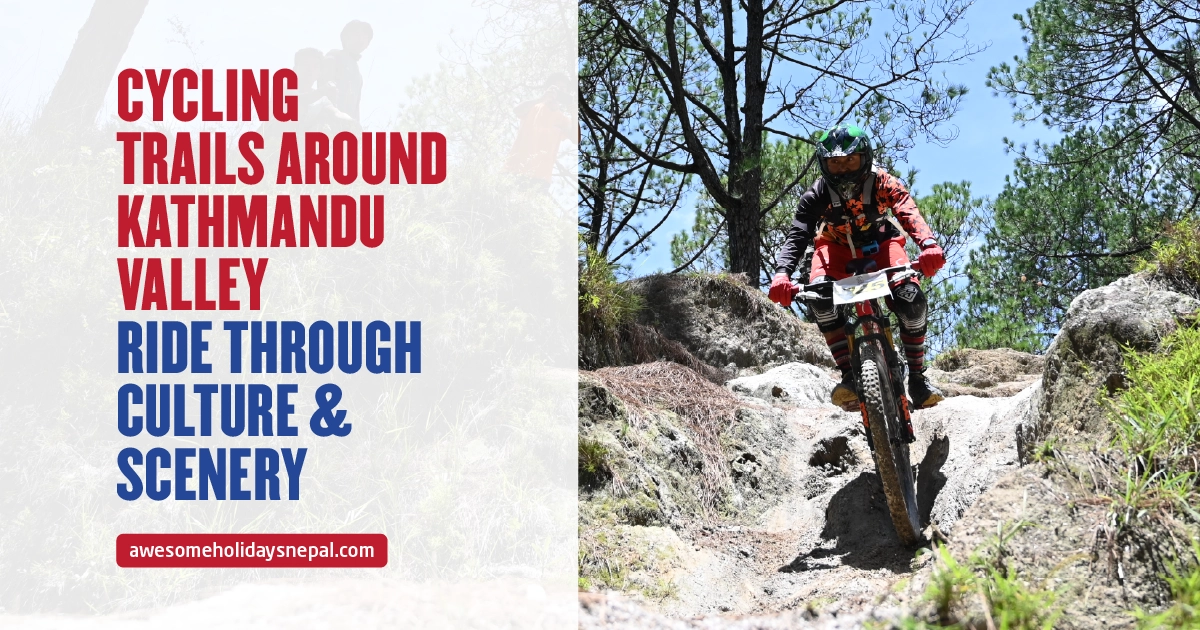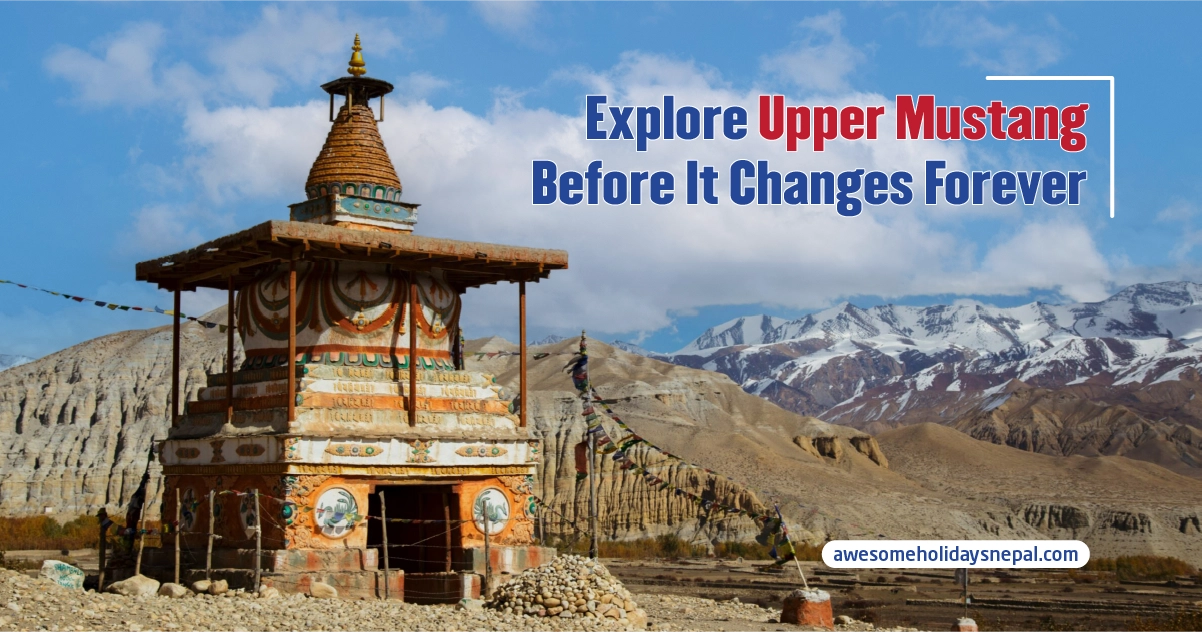How to Train for Trekking
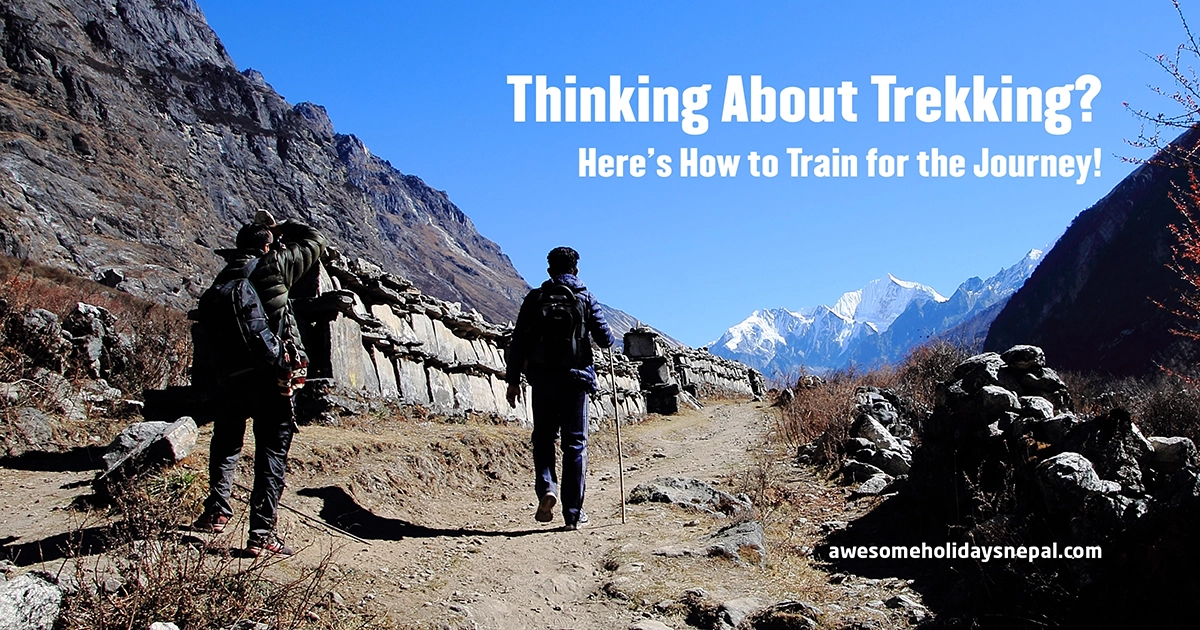
We can’t deny that trekking is one of the most fulfilling and immersive experiences of nature. Trekking is both a mental journey and a physical challenge, whether you plan to trek in the rugged Himalayas, the Andes, or your local mountain trails.
Especially when your body is not conditioned, the weight of severe climbs, long descents, and high elevations might rob you of your breath as much as the surroundings. So, proper training is therefore vital.
When we talk about training for a trek, it doesn’t mean becoming an athlete. It’s all about conditioning your body and mind for long days of walking with a backpack, in unpredictable weather and over rough terrain. Oh, don’t get scared, anyone can train for trekking with the right approach.
Here in this article, we have walked you through how to train for trekking, why they matter, and how to get started.
How to Train for Trekking?
Start with a Goal
Without a doubt, the first stage of your training journey is precisely knowing what you are training for? Which trek are you doing? What’s the maximum altitude? How many days will you be walking? Are you carrying your own backpack or will porters assist you? The answers to these inquiries will help to design your training schedule.
In Nepal, people most go on popular treks like Everest Base Camp Trek, Annapurna Circuit, Makalu Trek, and more. People are attracted to EBC Trek as you get to be in the top of the world Mount Everest.
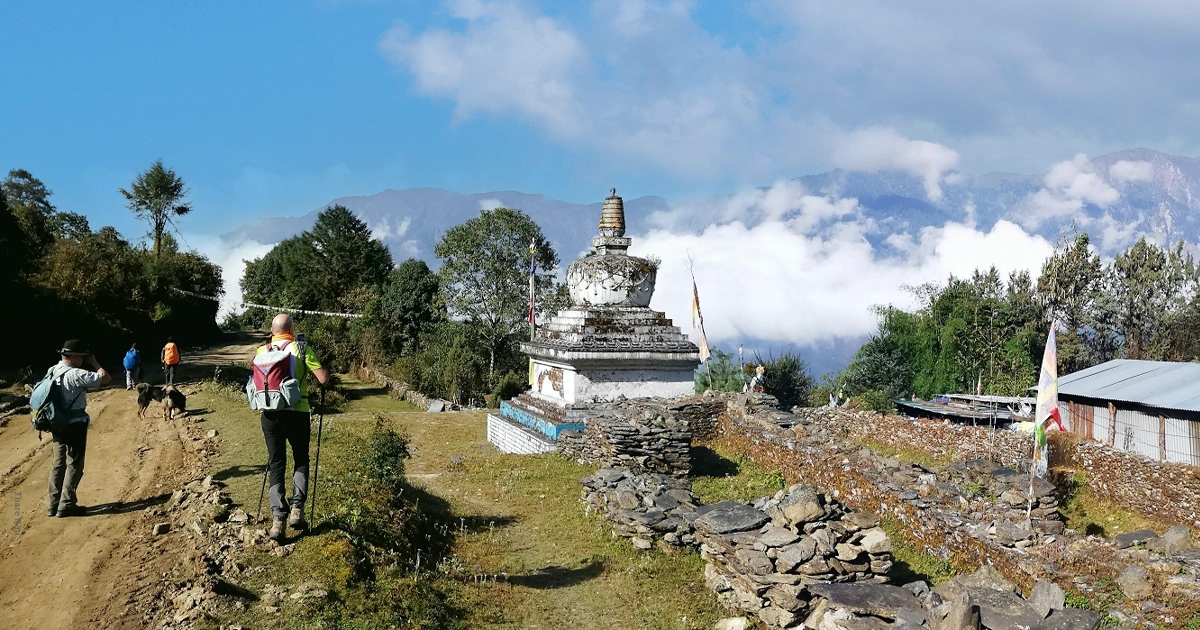
The commitment becomes concrete once you have chosen a date and location. A definite goal provides motivation and accountability; it is simpler to motivate yourself when you realize a great experience relies on your level of fitness.
Build Your Endurance Gradually
It is a well-known fact that endurance is a must for trekking fitness. You would be walking for ten to fifteen days, or even you would walk five to eight hours a day. So, without good cardiovascular fitness, even a most lovely trail may turn into a painful walk.
You should commence with incorporating normal cardiovascular workouts such as walking, running, swimming, cycling, and stair climbing into your weekly schedule. It will be best if you begin slowly and with time gently raise the duration and intensity further. You should have a goal to complete 45 to 60 minutes of training four to five times per week.
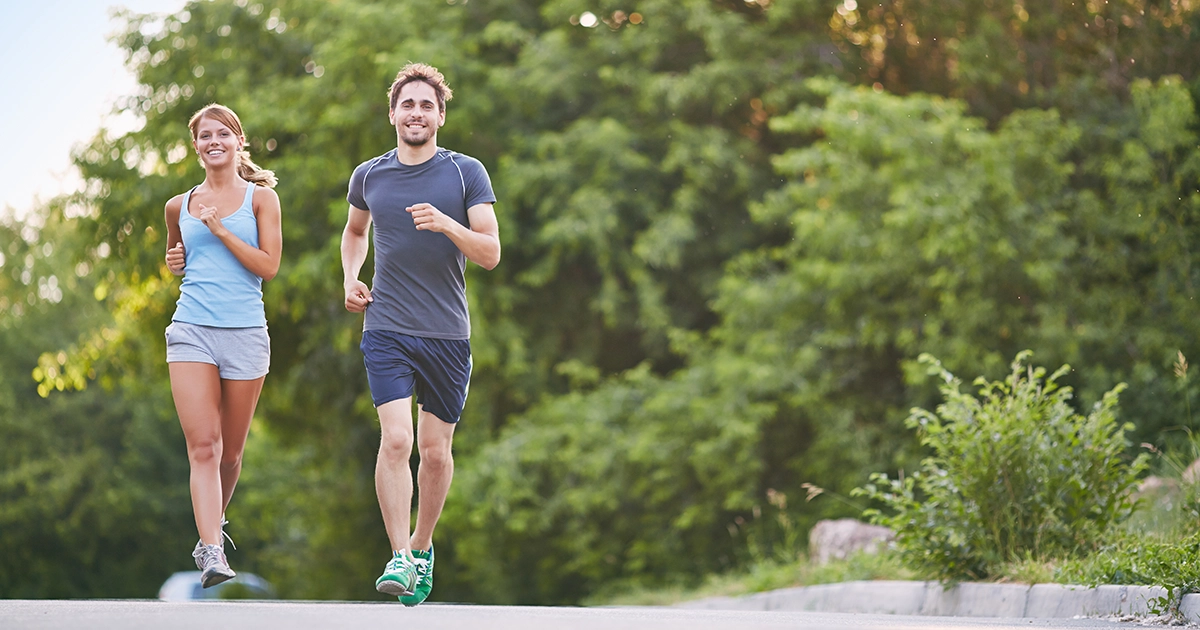
It is said that hill training is particularly useful. You should try stair exercises or walking up inclines so that you can simulate the ascending action. Moving on, you should gradually include a backpack with escalating weight (5 to 10 kilos) to replicate the actual trekking scenario.
Strengthen Your Legs and Core
It is a must to have a strong leg and core for efficient trekking. So, you should concentrate on the workouts that engage your core muscles as well as your quadriceps, hamstrings, glutes, and thighs. If you have strong legs then trekking becomes more efficient and also lowers the chance of injury, while a firm core helps with body stability on uneven ground.
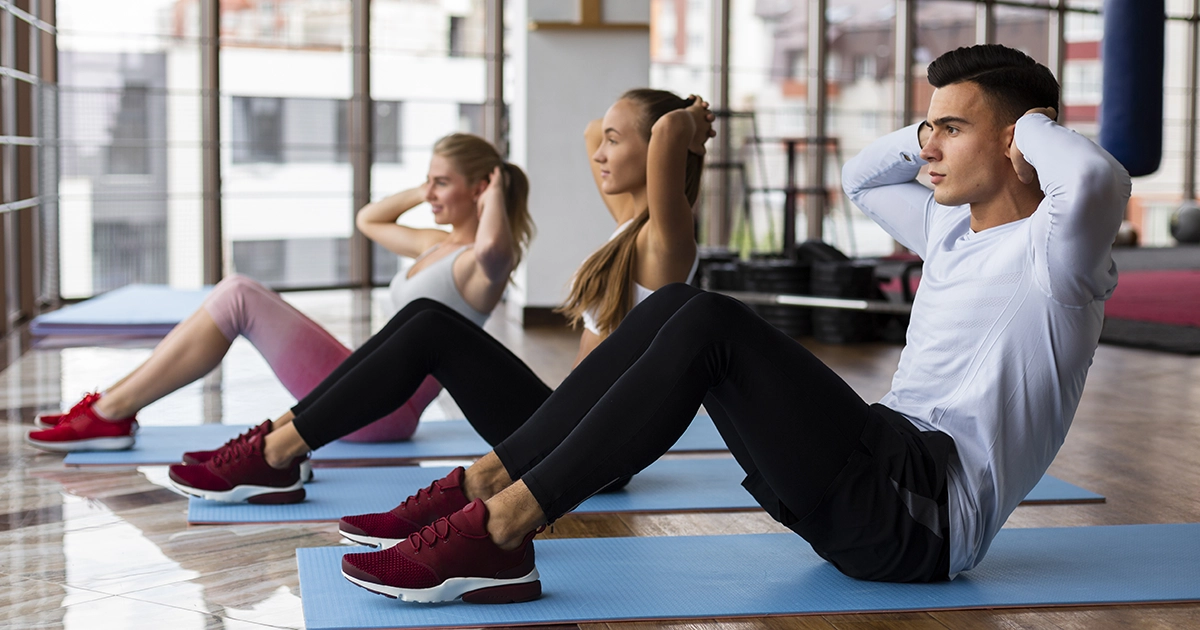
Some excellent strength exercises for trekkers include:
- Squats and lunges
- Step-ups on a bench or stairs
- Deadlifts and glute bridges
- Planks and side planks
- Calf raises and hip thrusts
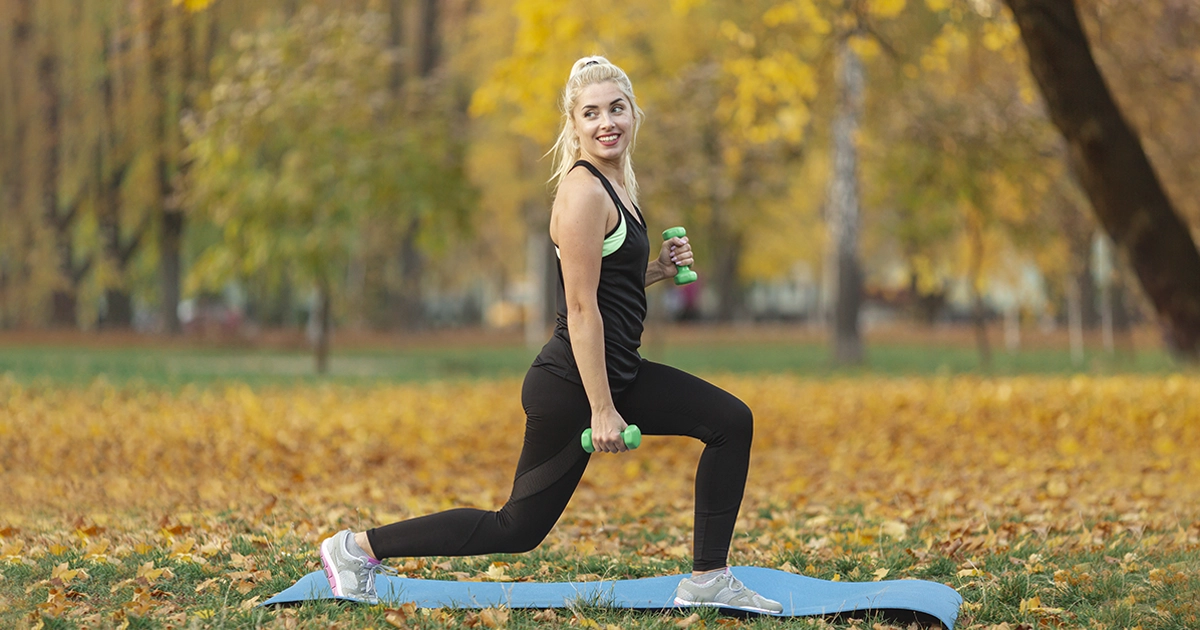
You should aim for 2 to 3 strength sessions per week and alternate with your cardio training. You don’t need to have fancy equipment—bodyweight exercises or resistance bands work great as well. Just make sure to keep good form and stay consistent.
Train Like You Trek
Yeah, the workouts you do in the gym are helpful, but nothing beats the real-world experience. So, it’s better to go on real hikes. You should try the weekly or biweekly hikes on different terrains, and it prepares you for the trek like no other. It’s best to try varied trails such as rocky, steep, muddy, or uneven. As our goal is to replicate the actual trek it should be closer to the real thing both on duration and difficulty level.
You should begin with the short-day hikes and later go on longer hikes. Further, push yourself with more challenging routes. It is even better if you are buckled with the actual trekking gears. As it will be helpful, for you to get used to the weights and get acquainted with the trekking gears. This will ultimately help to boost your confidence; your physical endurance gets better and also make you prepare mentally.
Oh, and if you don’t have access to mountains in your surroundings, then you try alternatives such as treadmills and staircases with incline functions. You could also walk up and down a local hill repeatedly and it will do wonders.
Want to know How to Pack for Trekking in Nepal? read our blog.
Prepare Yourself for Altitude Sickness
When we talk about trekking, altitude sickness is one of the biggest concerns on high-altitude treks. Especially in the context of Nepal where there are numerous trails that go above 3,000 meters. Yeah, it is not possible to completely replicate high-altitude conditions at your residence, but you can prepare your body to adapt better by focusing on simulated altitude training, and hydration, while avoiding alcohol and tobacco intake.
Similarly, if your home is near a high-altitude region, then it is best for you to plan a hike weekly above 2,500 to 3,000 meters. So, you get to experience the thin air.
If this is not feasible, you should concentrate on workouts that get your heart rate up—such as interval running or stair climbs with a pack—that increases oxygen efficiency. For most individuals, normal cardio combined with good acclimatization on the path is sufficient; some trekkers also use altitude simulation tents or masks.
Train Your Breathing
You might think I need to train breathing, which I have been doing for my whole life. Yes, you do need to train your breathing as every respiration is important especially at higher elevations, breathing exercises can very much raise your endurance, lung volume, and oxygen intake where every breath counts.
Likewise, you should do pranayama and other yogic techniques that can calm your nervous system and further strengthen your lungs. You should practice deep belly breathing, Anulom Vilom (alternate nostril breathing), and Kapalabhati (forceful exhalations). If you do practice these for 10 to 15 minutes daily and you’ll definitely feel the difference in efficiency of your breathing works on the trail.
Moreover, learning to manage your breath also helps to improve mental focus and enables you to keep your cool even under difficult circumstances.
Don’t Ignore Flexibility and Recovery
We are aware that trekking involves constant movement which could result in stiff muscles and aching joints. So, to prevent damage and increase your mobility, you need to include flexibility work and active recovery in your exercise.
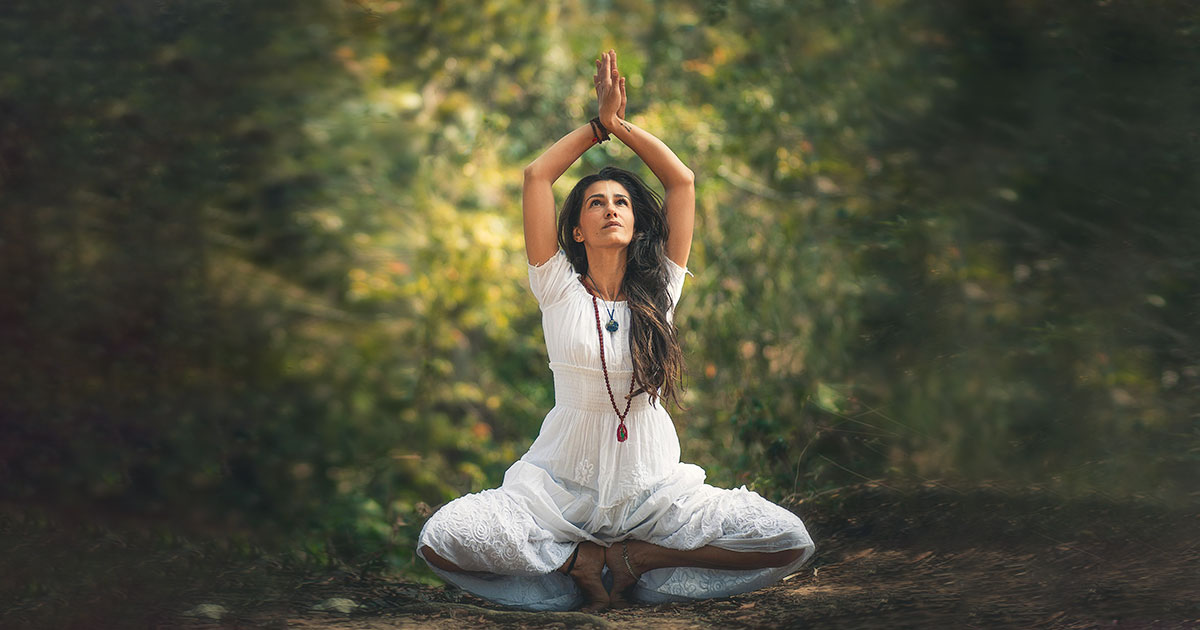
It is important to give special attention to your hamstrings, hips, calves, and lower back and stretch after every exercise. Similarly, yoga is also a wonderful way to increase mental clarity, balance, and flexibility—all beneficial for trekking. Massage or foam rolling can also help you to loosen stiff areas.
Among all these things, it is equally essential to rest. Therefore, you need to eat well, hydrate, and give yourself sufficient time to refuel. Your body needs proper time to recover, especially after intense workouts or long hikes. Sleep well.
Eat Smart and Boost Immunity
Proper diet and good food are very important for a strong immune system. If you have a strong immune system, then it will keep you energized and healthy during your journey. It would be a waste to ruin your dream trip because of illness or fatigue.
So, you need to focus on a balanced diet that is rich in:
- Protein (eggs, legumes, chicken, dairy)
- Healthy fats (seeds, nuts, avocado)
- Complex carbs (vegetables, fruits, whole grains)
- Vitamins and minerals (especially C, D, zinc, and magnesium)
It is recommended to avoid the intake of alcoholic beverages, processed foods, and excess sugar, during training. Similarly, you should also take probiotics or local food to assist your gut to adjust with foreign foods and water as you get closer to the trip.
Break in Your Boots and Gear
Even the most well-planned journey can be spoiled by blisters and discomfort. Get sure to break in your boots well before the trek. Use the same socks and insoles you plan to use on the trail and wear them during your training hikes.
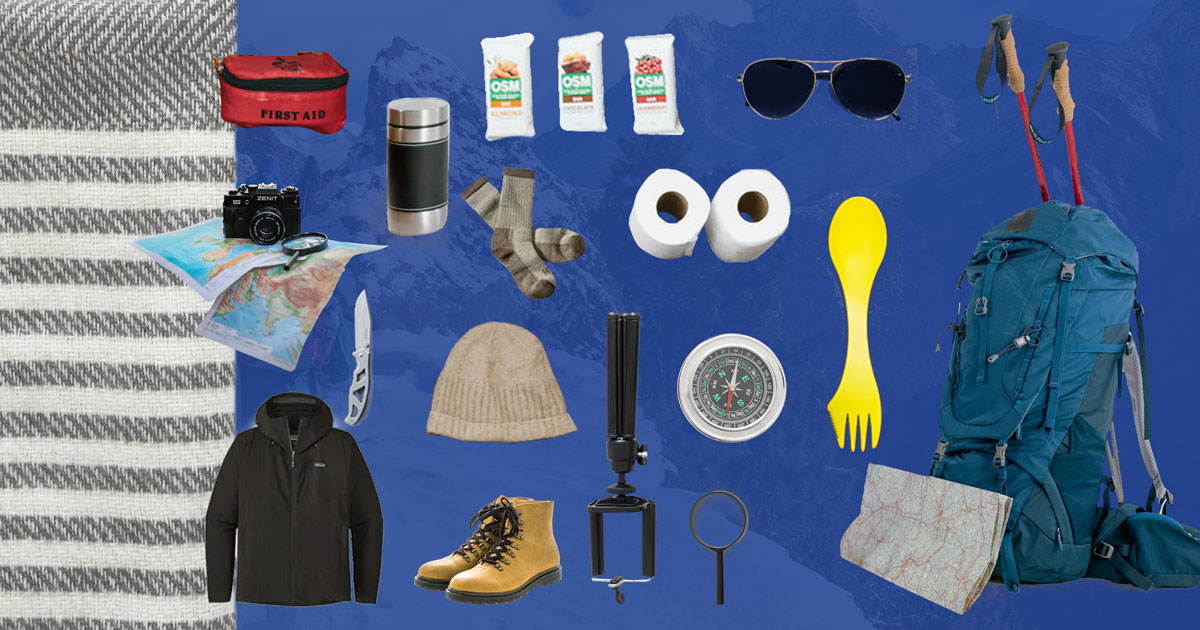
During your training, also assess your backpack, poles, waterproof equipment, layers, and hydration system. This way, nothing feels unfamiliar or uncomfortable when you’re on the mountain.
Mental Fitness
Apart from physical fitness, trekking is also about willpower, stamina, and patience. There will be days when you are tired, cold, or sore, but you will have to carry on. Training your mind is as important as physical training.
You need to visualize your journey often. Do learn or read tales from other trekkers. Under stress, practice mindfulness or meditation to help you remain centered and calm. Remember that mental fortitude takes you further than bodily power.
Final Thoughts
In the end, trekking is a lovely experience although it comes with its own physical and emotional demands. You will appreciate the trip more if you are better prepared. Here we have listed how to train for trekking? we hope it will be useful for you. The training for trekking doesn’t have to be complex but must be regular and intentional.
So, you should commence the training early, be patient with your progress, and tailor your training to your specific trek. Your body becomes your best possession in the mountains, and with the proper training it will take you through life-altering experiences and breathtaking scenery.
Get your body trained and go on an unforgettable journey!
Related blog posts
Discover a choice of tourist destinations loved by most of our visitors. Whether you're on a jungle safari to spot rare animals or walking through a world heritage site, these well-planned itineraries cover the major highlights of Nepal.



